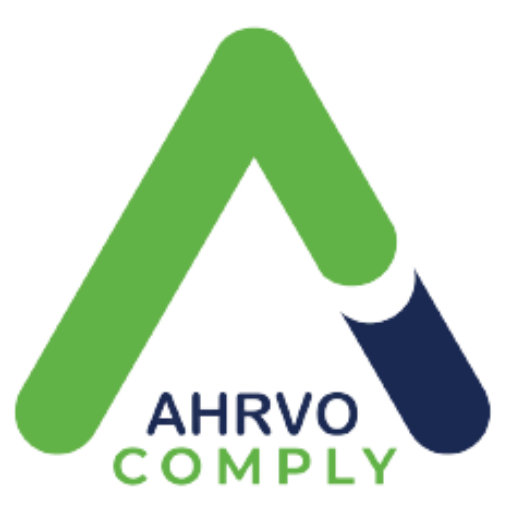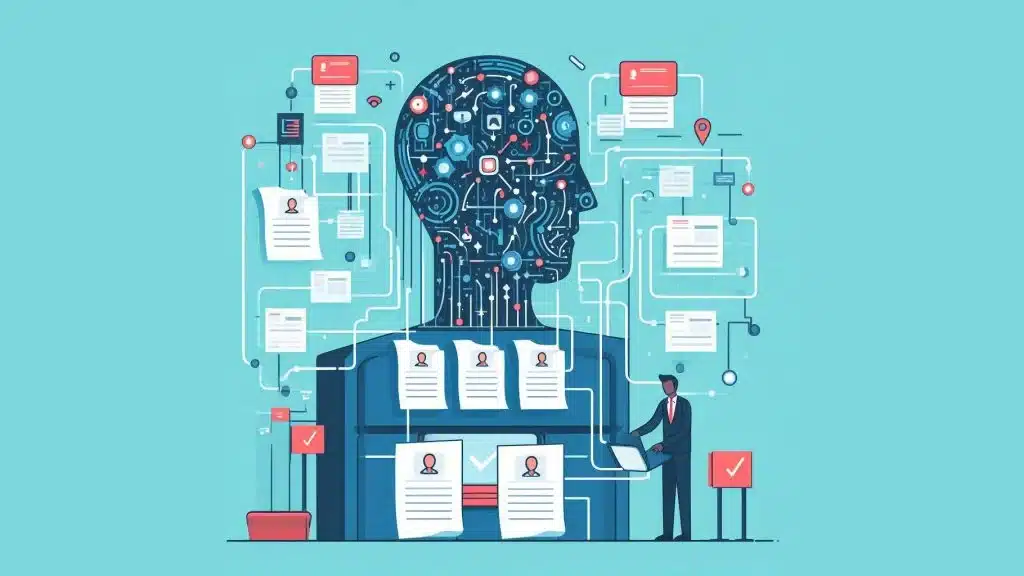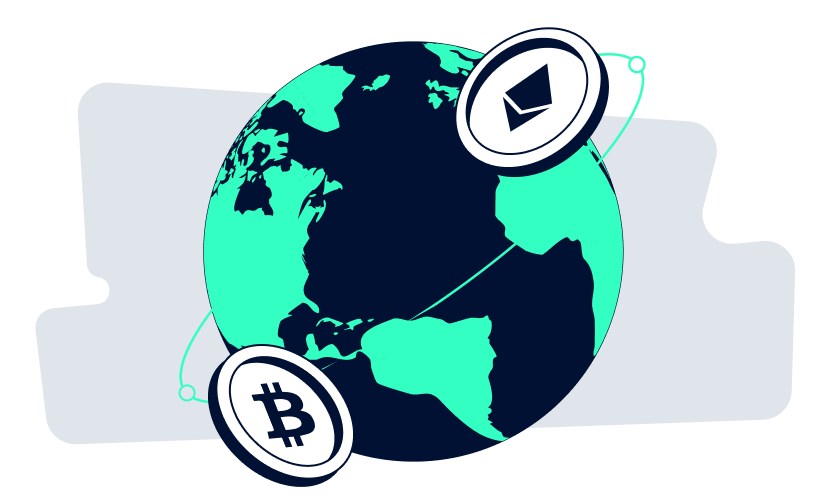Artificial Intelligence (AI) stands at the forefront of innovation, offering transformative capabilities to both businesses and malicious actors alike. While AI presents immense opportunities, it also introduces new threats and challenges that must be addressed proactively. In this article, we delve into the dual nature of AI, explore regulatory frameworks shaping its usage, and discuss potential pathways forward for businesses.
The Duality of AI: Threats and Solutions
AI serves as a double-edged sword, capable of both enhancing productivity and fueling nefarious activities. Malicious actors leverage AI to generate convincing deepfakes, spreading misinformation and perpetrating fraud. For instance, AI-generated audio recordings impersonating politicians have influenced elections, underscoring the societal impact of deepfake technology.
However, businesses are not defenseless against AI-powered threats. By harnessing AI themselves, organizations can bolster their security measures and combat fraudulent activities. AI-driven solutions, such as biometric identity verification, analyze vast datasets to detect anomalies and patterns indicative of fraudulent behavior. Thus, AI emerges as a potent tool to counter the very threats it enables.
Regulatory Frameworks: Navigating the AI Landscape
As the AI landscape evolves, regulatory bodies worldwide are grappling with the need to establish comprehensive frameworks that balance innovation with safeguarding societal interests. Let’s explore the regulatory approaches of key jurisdictions:
China: China has taken swift strides in regulating AI, enacting multiple regulations to govern its use. These regulations emphasize user consent for deepfake technology, prohibit the dissemination of fake news, and mandate authentication of user identities. China’s vertical regulatory strategy focuses on individual AI applications, ensuring a targeted approach to governance.
European Union (EU): The EU has adopted a comprehensive, cross-sectoral regulatory framework with the introduction of the EU AI Act (AIA). The AIA adopts a risk-based approach, prohibiting certain AI applications and imposing governance requirements on high-risk AI systems. Additionally, the EU has enacted directives addressing product liability and AI liability, further bolstering regulatory oversight.
United Kingdom (UK): The UK has adopted a business-friendly approach to AI regulation, emphasizing sectoral regulation and safety considerations. While the government has released guidelines and bills outlining AI governance principles, it delegates regulatory responsibilities to existing agencies. The UK’s focus on AI safety and risk mitigation underscores its commitment to responsible AI development.
United States (US): The US exhibits a diverse regulatory landscape, with both federal and state-level initiatives shaping AI governance. Federal policies, such as executive orders and guidelines from agencies like NIST, provide overarching frameworks for AI development. Meanwhile, states have introduced legislation addressing specific AI applications, such as deepfake regulation.
Looking Ahead: Future Trends in AI Regulation
As the AI regulatory landscape evolves, several trends are poised to shape its trajectory:
1. International Alignment: Expect more countries to align with regulatory frameworks like the EU AI Act, establishing global standards for AI governance.
2. Continued Evolution: Regulatory initiatives, such as updates to the NIST framework, will drive ongoing refinement of AI governance principles.
3. Industry Collaboration: Initiatives like the EU AI Pact will foster collaboration among industry players, promoting best practices and knowledge sharing.
4. Business Adaptation: Companies must proactively adapt to existing regulatory frameworks while anticipating future requirements. Standards like ISO/IEC 42001:2023 offer guidance for establishing AI management systems.
In conclusion, AI represents a paradigm shift in how businesses operate and interact with technology. By navigating regulatory frameworks and leveraging AI responsibly, organizations can harness its transformative potential while mitigating associated risks. As the AI landscape continues to evolve, proactive adaptation and collaboration will be key to ensuring a secure and ethical AI future.
Schedule a demonstration today to learn how Ahrvo Comply can empower your organization’s AML compliance journey.






